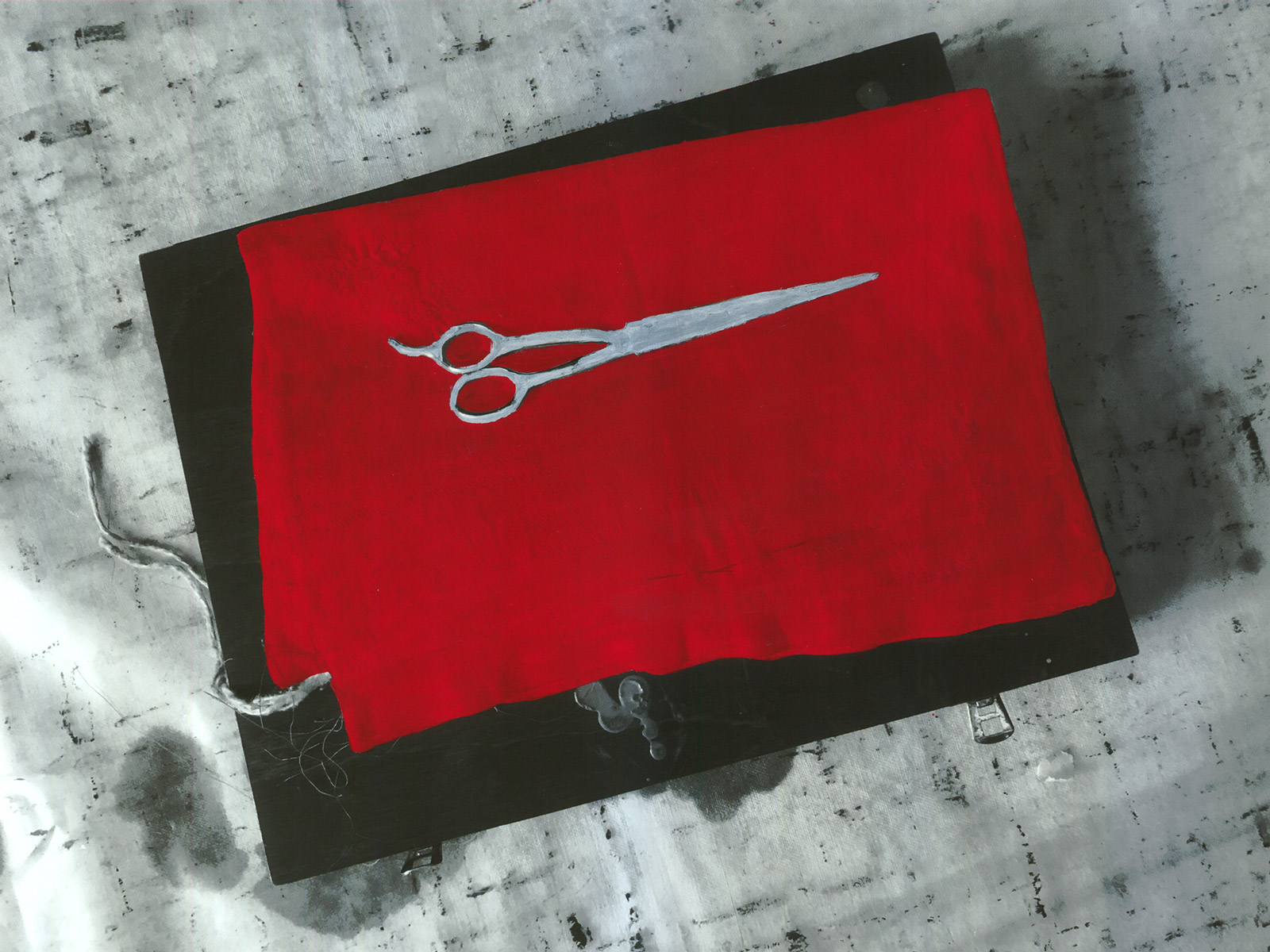
The exhibition presents 30 new works (acrylics on fine art prints) that take us into an atelier, where, at the end of the day, the essential objects for creation are set aside: scissors and brushes of various sizes, pins, containers—together they form a universe of resting tools, awaiting the next morning, when they will once again take on their “function” in the hands of the artist.
It is within this aesthetic universe that Veronica Della Porta‘s sensitive gaze takes shape. She begins by photographing the objects, elevating them, and then, through the application of color, breathes new life into each one, imbuing it with a fresh visual identity. The tools are transformed into vital elements of artistic creation—no longer mere implements, but revealed entities, imbued with new meaning, bearing history, function, and aesthetics.
As Isabella Ducrot observes in the catalog text: “How does Veronica, as a photographer, place ‘disorderly’ things in the ‘right space’? By taking pictures. Her gaze reconfigures them within their hidden meaning, a meaning only she knows. This reveals their raison d’être. Her testimony transforms objects, making brushes aesthetically reasonable, scissors reasonable, chairs reasonable.”
Key elements in a visual narrative that emphasizes their significance, transforming them into works of art in their own right, “they, the tools, first captured and then allowed to ‘speak’ as objects, are transformed into subjects, as if they were animated and alive, and colour flows along their beautiful silhouettes, almost bodies enhanced by vivid red and triumphant gold, orange, violet.” – notes Nora Iosia in her essay. “The artist’s gaze lingers on them and translates them into new forms, as if surprising them when, left alone, free of their functions, free of bonds, they converse with each other and with the space that welcomes them: and who knows then what stories are intertwined between the paper scissors with their razor-sharp points, brought to Rome from faraway Japan, and the tailor’s scissors from India, between the Chinese brushes and the pins collected in the ceramic shell […]. Countless can be these fairy tales, love stories, playful, with happy endings or poignant ones like The Tin Soldier, and Veronica Della Porta suggests their possible and infinite interweavings, because countless are the perspectives and moments in the life of the objects in an artist’s studio that emerge from a ‘discreet immensity’, not worn down by the passing of time, but rather creators of a timeless joy. The artist is absorbed in the confident pursuit of that surreal substance that composes everyday life and makes colour dress the shapes, and background whites enhance the silhouettes, to modify points of view and perspectives. These objects are thus loved and allowed to breathe, as if their presence fixed in the images were ‘the deposit of all the lives they have gone through’ and will go through, because they have an extraordinary vital energy, and they convey love and attachment like everything that exists in the world, they absorb and return the gaze of those who wanted them, kept them with care and used them happily.”
Selected works
Gallery
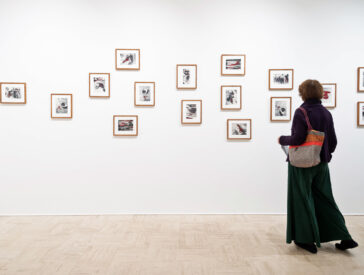
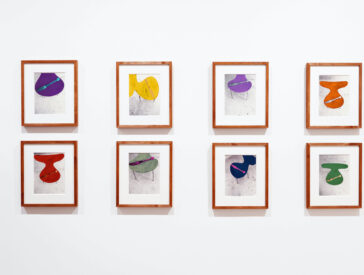
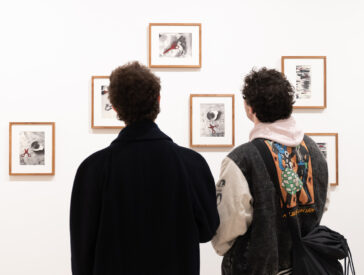
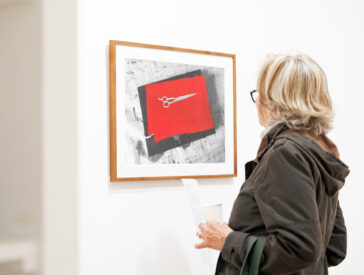
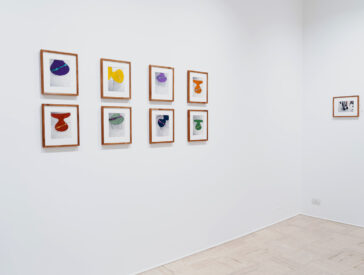
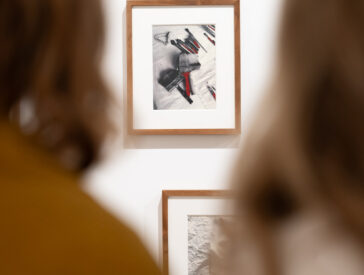
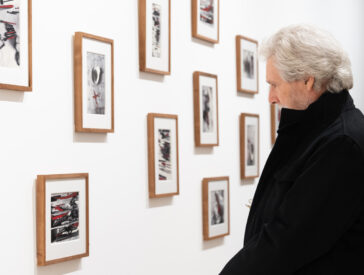
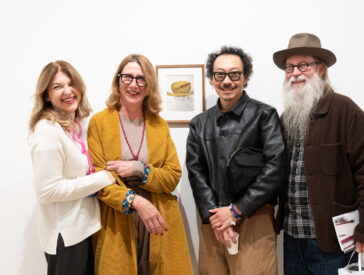
Critical essay
Isabella Ducrot
I can count myself lucky in that my assistant is a brilliant photographer. She helps me when I work with both fabric and paper. Having been able to spend time with her everyday for years has been a privilege, but it is difficult for me to fathom what this privilege actually consists in.
It was immediately apparent to me that Veronica’s interests were different from mine. Her need to follow her own architectural design was never an obstacle for me, quite the contrary. It became a tool through which I remember our miraculous gift: we are allowed to observe the same object from different perspectives and thereby reach different conclusions. Veronica and I have worked together in this manner for many years now: she guided by a need to manifest her devotion to her intimate and mysterious balance, and I enjoying the benefit of borrowed discipline, at once so predictable and so reassuring. (I have had the increasing suspicion that I am myself one of the objects that she would want to order, patiently, by placing me in the right space).
And how does Veronica, as a photographer, place ‘disorderly’ things in the right space? By taking pictures. Her gaze reconfigures them within their hidden meaning, a meaning only she knows. This makes their raison d’être manifest. Her testimony transforms objects making brushes aesthetically reasonable, scissors reasonable, chairs reasonable. (They become worthy of being portrayed). I am reassured by the dignity they acquire; I use them every day, I manipulate colors and brushes, paper and fabric; I rely on them to achieve an opposite result: to compose works that are independent of me (and of Veronica).
I now have before me a series of photographs. The brushes, scissors, chairs are no longer serving me; they have evolved and have gained their independence. They are paving their own way. I spy them with curiosity. Are their potency and presence the same as those in the objects I use daily? They are not. The objects are transfigured precisely because they have been deprived of their daily use. They have been freed! Veronica Della Porta’s eye chose them and transformed them, giving them a new way of being. A new existence.
And so I live, uncertainly, wondering whether tomorrow upon my return to the studio I might find my objects on the table, ready to serve me. Perhaps they will be filled with pride: it is not every day that one turns into a work of art!
[Translation: Livia Sacchetti]
Nora Iosia
Objects and artefacts participate in a collective dance where things come alive in a transversal embrace, without hierarchies.
Alessandro Michele in “The Life of Forms. Philosophy of re-enchantment”
A collection of acrylics on paper makes up the group of works that Veronica Della Porta presents in Rome at Maja Arte Contemporanea Gallery. These works are dated 2024 and are the product of photographic shots taken with mobile phones printed on paper, followed by pictorial intervention with acrylic and material colours.
The medium used initially, the iPhone, photographs the life of the working tools in Isabella Ducrot’s studio with speed and devotion; Veronica frequents and uses some of these objects on a daily basis alongside Isabella, and the life of these objects inevitably intertwines with her own. It might then be a representation of what goes on inside the atelier, a narration of the linear flow of daily work time. But they, the tools, first captured and then allowed to ‘speak’ as objects, are transformed into subjects, as if they were animated and alive, and colour flows along their beautiful silhouettes, almost bodies enhanced by vivid red and triumphant gold, orange, violet.
The artist’s gaze lingers on them and translates them into new forms, as if surprising them when, left alone, free of their functions, free of bonds, they converse with each other and with the space that welcomes them: and who knows then what stories are intertwined between the paper scissors with their razor-sharp points, brought to Rome from faraway Japan, and the tailor’s scissors from India, between the Chinese brushes and the pins collected in the ceramic shell… all this would happen at the end of the day, once the atelier door closes and what animates it goes silent, and night arrives, dilating and transforming every possible geometric logic.
Countless can be these fairy tales, love stories, playful, with happy endings or poignant ones like The Tin Soldier, and Veronica Della Porta suggests their possible and infinite interweavings, because countless are the perspectives and moments in the life of the objects in an artist’s studio that emerge from a ‘discreet immensity’, not worn down by the passing of time, but rather creators of a timeless joy. The artist is absorbed in the confident pursuit of that surreal substance that composes everyday life and makes colour dress the shapes, and background whites enhance the silhouettes, to modify points of view and perspectives. These objects are thus loved and allowed to breathe, as if their presence fixed in the images were ‘the deposit of all the lives they have gone through’ and will go through, because they have an extraordinary vital energy, and they convey love and attachment like everything that exists in the world, they absorb and return the gaze of those who wanted them, kept them with care and used them happily.
Here appears on the work table, at rest, a large assortment of brushes, thick dark strokes on the white sheet of paper, composing themselves, harmonising with each other in an agreement of sound and lively rhythm, ready to jump out of the background and reposition themselves in other arrangements, new possible combinations. It is the representation of the possible and of desire, the concrete mystery of doing, of feeling: they, the brushes, are the arm that stretches, moves and then waits again to set off on the hunt, always on the hunt, aimless but waiting for the destination to reveal itself in the light of day. They are the offspring of skilled hands and come from a history as old as human representation of the world.
The Chinese brush-chair pair achieves a harmonious effect also thanks to the use of different colours that abolishes any hierarchy and restores the lightness and liveliness of forms.
The scissors, as the inspiring muses of the entire exhibition, are depicted as they protrude numerous and barely dishevelled from the drawers or remain lying on the paper surface, they are coloured red and are divinely beautiful. For a short while, they seem to escape their destiny as saboteurs of matter, they are finally free to exist for their beauty and grace and to live a life forbidden to them. They do not cut, they are not the fearsome tools of the Parche [Fates], but at last inactive they command admiration.
[Translation: Anne van Merkensteijn]
















